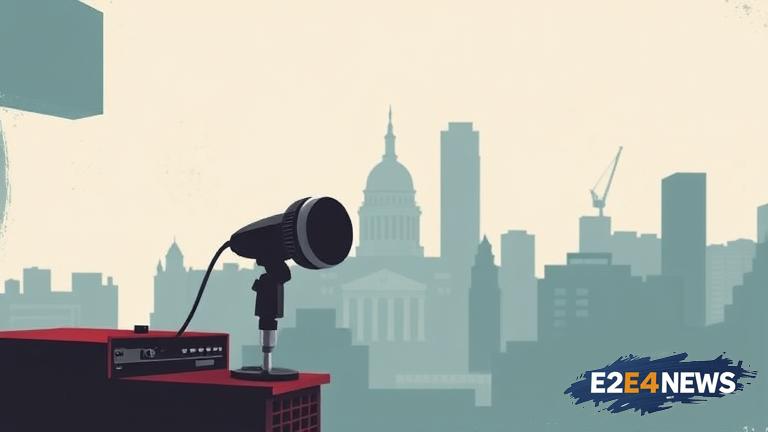A recent announcement from the federal government has revealed plans to cut funding for local radio stations across the country. This decision is expected to have far-reaching consequences for the affected stations, potentially leading to reduced programming, staff layoffs, and decreased community engagement. Local radio stations have long been a staple of community life, providing news, entertainment, and public services to their listeners. The funding cuts are part of a broader effort to reduce government spending and allocate resources to other priority areas. However, critics argue that the cuts will disproportionately affect rural and underserved communities, which rely heavily on local radio for information and connectivity. The affected stations are bracing themselves for the impact, with some already exploring alternative funding sources and others considering reductions in staff and programming. The cuts are also expected to affect the quality and diversity of programming, as stations may be forced to rely on automated systems and syndicated content. Despite the challenges, many local radio stations are vowing to continue serving their communities, albeit with reduced resources. The funding cuts have sparked a national debate about the importance of local radio and the role of government in supporting community media. Proponents of the cuts argue that local radio stations should be self-sustaining and not reliant on government funding, while opponents argue that the stations provide a vital public service that warrants continued support. As the situation unfolds, local radio stations are urging their listeners to contact their representatives and express their support for continued funding. The fate of local radio stations remains uncertain, but one thing is clear: the funding cuts will have a profound impact on the communities they serve. In response to the cuts, some local radio stations are exploring new revenue streams, such as online advertising and sponsorships. Others are turning to their listeners for support, launching fundraising campaigns and membership drives. The situation is being closely watched by media experts and community leaders, who are concerned about the potential consequences for local journalism and community engagement. As the deadline for the funding cuts approaches, local radio stations are preparing for the worst, while hoping for a last-minute reprieve. The impact of the funding cuts will be felt for years to come, shaping the future of local radio and the communities it serves.
